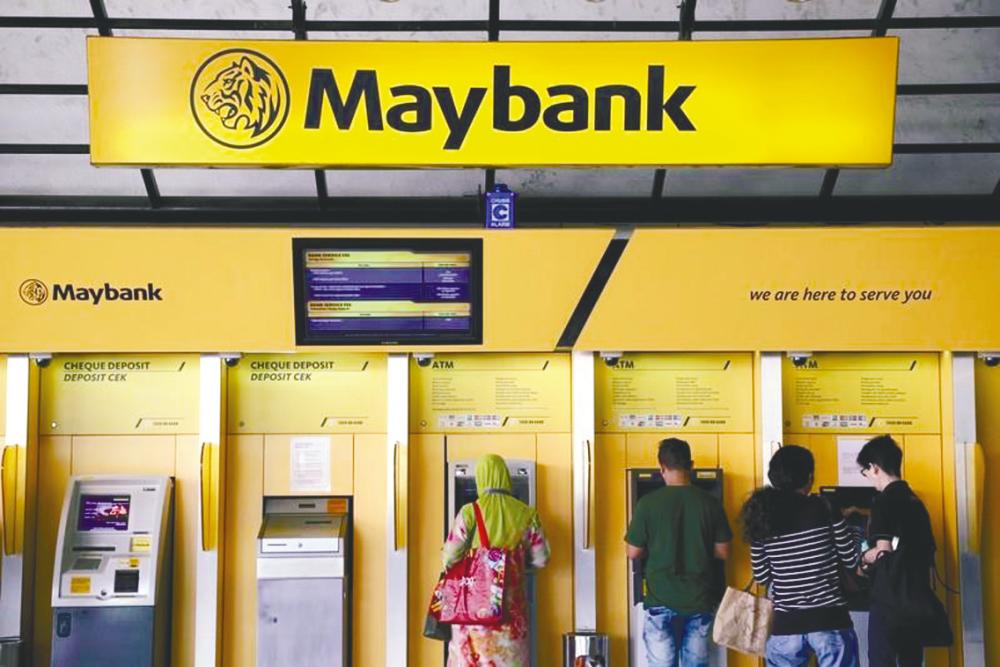PETALING JAYA: Malayan Banking Bhd (Maybank) reported a 2.1% rise in net profit to RM2.00 billion for the third quarter (Q3) ended Sept 30, 2019 against RM1.96 billion in the previous corresponding period, driven by a 14.1% increase in net operating income.
This came on the back of a 38.6% expansion in net fee-based income and a 6% growth in net fund-based income.
Revenue for the quarter increased 14.7% to RM13.83 billion from RM12.06 billion.
Maybank’s nine-month net profit, however, slipped to RM5.75 billion from RM5.79 billion, with revenue growing 13.6% to RM39.86 billion from RM35.09 billion.
For the first nine months of the year, Maybank’s overall loans grew 3.4%, underpinned by the Malaysian operations (+5.3%) as well as loan expansion in markets such as Greater China and Indochina.
Group deposits increased at a faster pace of 5.5%, led by growth in Malaysia (+7.5%), Singapore (6%) and Indonesia (+4.5%). This resulted in improvement in the loan-to-deposit ratio to 92.5% as at September 2019 from 94.4% a year earlier.
In Q3, Maybank’s net interest margin (NIM) expanded to 2.32% from 2.19% in Q2.
However, for the nine-month period, its NIM was marginally lower by 5 basis points to 2.27% from 2.32% to a year earlier, attributable mainly to the impact of the base lending rate reduction and tapering off of low-cost deposits in the Indonesian operations.
Its gross impaired loans ratio rose marginally to 2.67% from 2.65% in the same period last year, due to the ongoing trade war which affected businesses globally, especially in Singapore.
Meanwhile, its common equity tier 1 ratio strengthened to 14.44% from 13.59% a year ago, and total capital ratio rose to 18.07% from 17.62%, while liquidity coverage ratio came in at 141.5%.
Looking ahead, Maybank group president & CEO Datuk Abdul Farid Alias said the group’s focus on pricing discipline, strong capital and liquidity positions as well as sound risk management and operational efficiency will remain key priorities in the coming months.
“This year has proven to be relatively challenging for some of our clients due to the slower growth in global trade. We are therefore proactively working with them to restructure their facilities. In the meantime, we will continue to be vigilant in managing our assets quality while growing our portfolio.”













